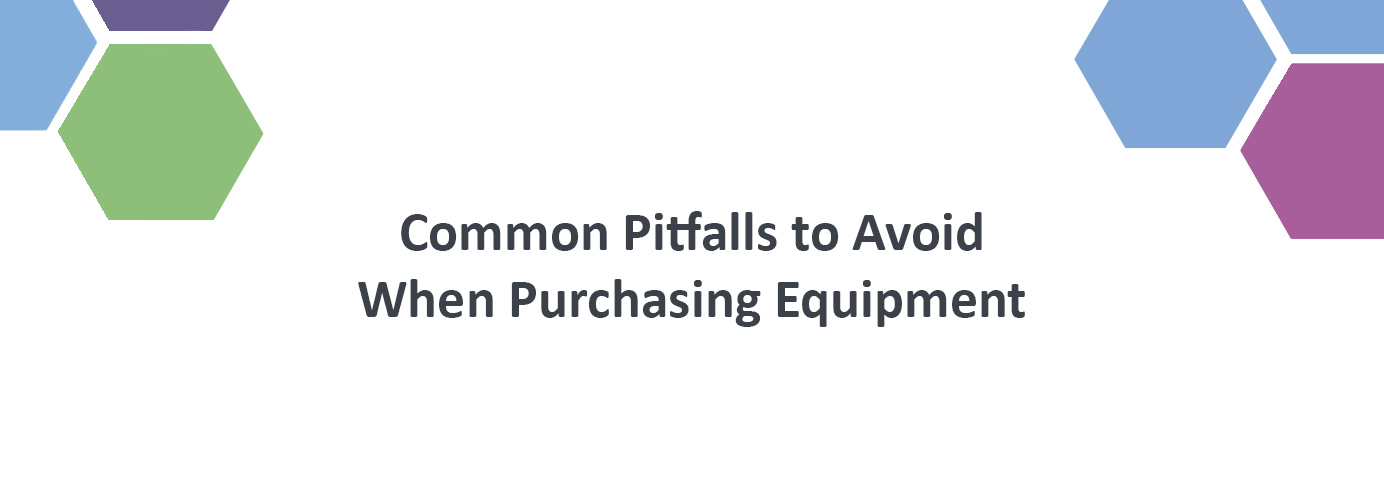As grocery stores test run micro fulfillment to meet demand for online orders, they create compelling case studies for retail.
While COVID-19 has sent ripples of disruption through every industry, grocery in particular has seen seismic shifts. Spiking numbers of households have replaced in-store grocery shopping with online grocery ordering at least once in the past few months. A June 2020 Brick Meets Click/Mercatus Grocery Shopping Survey revealed that, after testing this new method, customers show a rising preference for online grocery delivery and pickup services. The year has seen continued growth in orders (up 527% from 2019), frequency (up 53% from 2019), and household penetration (up 35% from 2019).
To meet this non-stop demand, many grocers have turned to the dark store.
What is a “dark store”?
Dark stores, or micro-fulfillment centers, are described as the United States’ new retail necessity in post-pandemic retail. Originating in Europe, where e-commerce is more established than in the U.S., retailers convert brick-and-mortar locations into fulfillment centers. Although these buildings aren’t open to the public, the interior often looks like your local store. The layout, however, is organized and optimized for online order picking.
Once a customer places an order online, the order sends to the store floor. Store employees, known as “personal shoppers” or “pickers”, then pick and process the order. Because the dark store is optimized for order fulfillment services, pickers can gather and process many online grocery orders, reducing time.
Major grocers, like Amazon-owned Whole Foods, have lead the charge with this new model. But regional grocers, like Kroger, Giant Eagle, Hy-Vee, and Stop & Shop, have joined with their own innovations. Some of these facilities are now fully automated, with robotic carts doing the picking, often collecting more than one order simultaneously.
Many of the key takeaways from grocers’ dark store model translate to retailers in a variety of segments. Below are three key learnings, and what it means for retail:
1. Micro-fulfillment enhances local fulfillment.
Dark stores began as a way to simply meet picking demands. Now, these centers are considering demographic qualifiers to better their supply chain. In April, Amazon started testing a dark format in California, taking over a grocery store for online pickup and delivery orders. The location helped to fill online orders for Whole Foods stores nearby, stocking the most popular local items for quick distribution.
This decentralized BOPIS (buy online pickup in-store) model creates more efficient local fulfillment. Not only does speed of order fulfillment increase, but traditional stores can also better tailor inventory to meet local appeal. What’s more, retailers can choose a lower-rent area for their ecommerce fulfillment, saving overhead.
- What it Looks Like for Retailers. Many fashion brands, like jewelry company Kendra Scott, are already converting their stores to fulfillment centers. This way, they can provide faster deliveries and reduce the strain on the main fulfillment hubs. With higher selling margins in apparel and jewelry, retailers in these categories could safely test a dark store concept.
2. Expanded hours, better workflow benefit the bottom line.
With daily routines upended by the pandemic, grocers operating dark stores can create extended hours to meet demand. This after-hours model can bring added revenue from purchases while reducing typical operating costs involved with keeping a brick-and-mortar open, like staff, electricity, and security.
Allowing only personnel inside these dark stores also increases workflow efficiency. Pickers don’t need to maneuver around customers, and fewer shopping carts create less congested aisles. Without customers shopping in-store, the picking process efficiencies are 25-30% faster than in a brick-and-mortar model, fulfilling more orders with a leaner staff.
- What it Looks Like for Retailers. In Australia, the Accent Group (with brands like Platypus and The Athlete’s Foot) leaned into these efficiencies when they turned some of its retail locations into dark stores. It came after the group shut physical stores amid the pandemic, operating online to keep up with surging demand. With a more efficient workflow and sole focus on fulfillment, its online sales jumped between $800,000 and $1.1 million a day in the last two weeks of April.
3. Social distancing and contactless pickup are built into the model.
As an essential service, grocers must continue operating while ensuring safety for employees and customers. One of the best ways to promote in-store safety is through social distancing, a difficult feat in packed grocery aisles. Dark stores thin the crowds by only allowing store personnel inside, reducing employee and customer risk of exposure.
By operating as a fulfillment hub, dark stores also create opportunities for grocers and retailers alike to offer contactless pickup options. After picking inside the stores, employees can place online orders into self-service pickup points just outside the store. Or, they can set the order aside for delivery to a customer’s preferred pickup location. Customers can retrieve their order at their safety and convenience, without entering a crowded store or meeting an associate in person.
- What it Looks Like for Retailers. Consider another essential retail business, like pet care. A customer can order pet supplies online, and a store picker fulfills the order at a micro fulfillment center. Then, they load the items into an automated pickup point outside the store and a notification is sent to the customer. When the customer arrive at the store, they can retrieve their order when convenient, without entering a store, at a safe distance from employees.



